
China's listed manufacturers of light-emitting diode (LED) chips have seen their subsidies contract this year, a development which points to the government's reappraisal of earlier policies for this once-hyped sector as overcapacity and sliding prices weigh on producers, experts said Tuesday.
In a profit warning issued along with its first quarter earnings report, Elec-Tech International Co estimated last month that its net profits for the first half would drop 30 to 60 percent year-on-year thanks in part to the sharp drop-off in subsidy funding it expects over this period. Elec-Tech also mentioned that government support for LED chip makers has weakened overall as various local organs gradually curtail or scrap payouts for new equipment.
Fellow LED chip maker Sanan Optoelectronics Co described a similar situation in its own quarterly report, with lost subsidies pegged as a major factor behind its 29.53 percent profit slump over the first three months.
"Questions are now being raised over whether public LED companies will continue enjoying the same lucrative subsidies which have long been so critical to their performances," an analyst from a Shanghai-based securities company, who preferred to remain nameless, told the Global Times Tuesday.
According to a report from 21cbh.cn, Sanan Optoelectronics received government subsidies totaling 328 million yuan ($53.3 million) in 2012, 805 million yuan in 2011 and 2.53 million yuan in 2010; with these amounts accounting for 40.5 percent, 85 percent and 60.4 percent of its net profits respectively during these years. Meanwhile, Elec-Tech would likely have suffered losses in 2010 and 2012 if it weren't for subsidies.
"Authorities typically offer the greatest support and incentives to bigger, public companies that can spearhead the development of their industry as a whole," Wang Hong, a professor at South China University of Technology, told the Global Times.
Yet a lack of supervision when it came to the usage of government subsidies meant that the LED sector had expanded largely in terms of quantity, leaving quality to fall by the wayside as production outstripped demand, the anonymous analyst said.
As Wang explained, when the industry underwent a period of consolidation last year, nearly one-third of China's LED chip makers shut down.
These circumstances led several local governments to reconsider earlier offers to the sector. In March, for example, Shenzhen axed a seven-year development plan which aimed to build the city into the largest LED research, development and production center in China.
Nevertheless, recent moves don't mean that the government will completely withdraw its support for LED manufacturers, the Shanghai analyst remarked, adding that officials will probably just become more cautious and selective when it comes to divvying out funds to new energy companies.
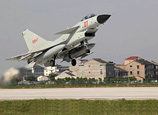


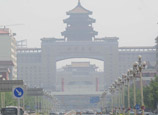
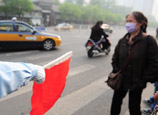


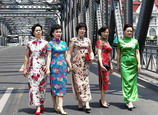
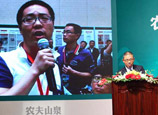
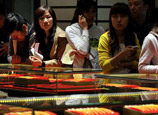






 Art of masked baby toys calls for clean air
Art of masked baby toys calls for clean air


![]()
